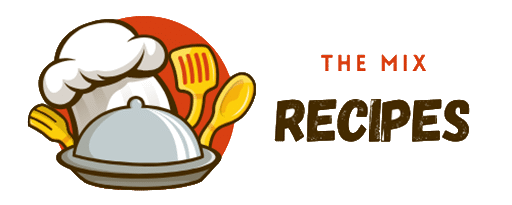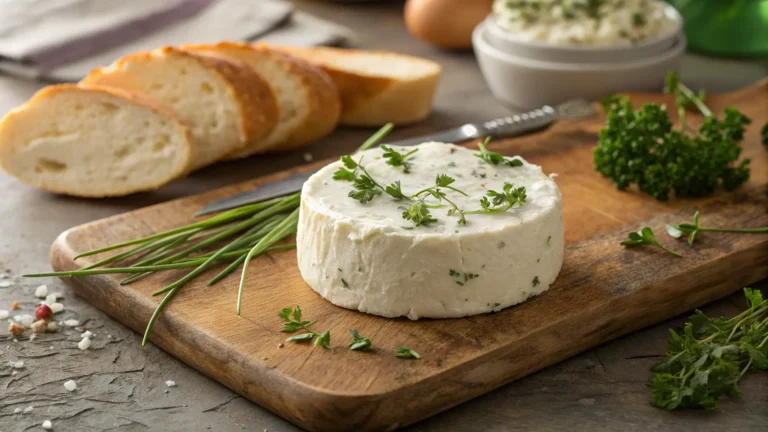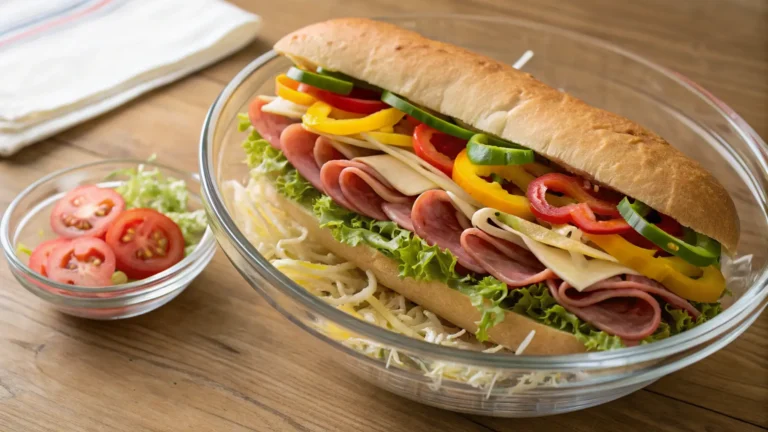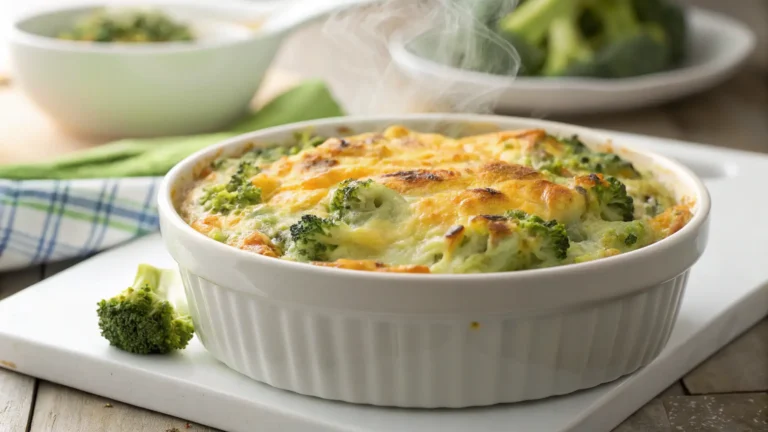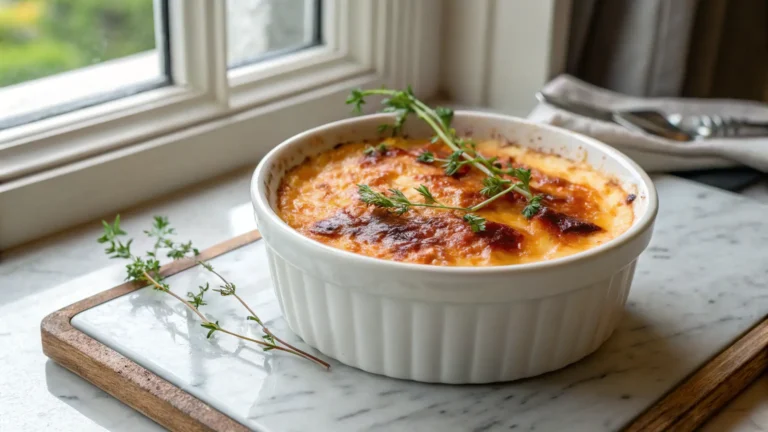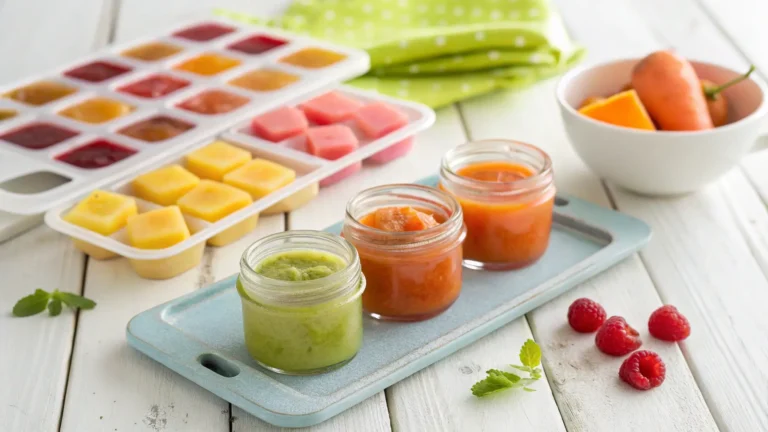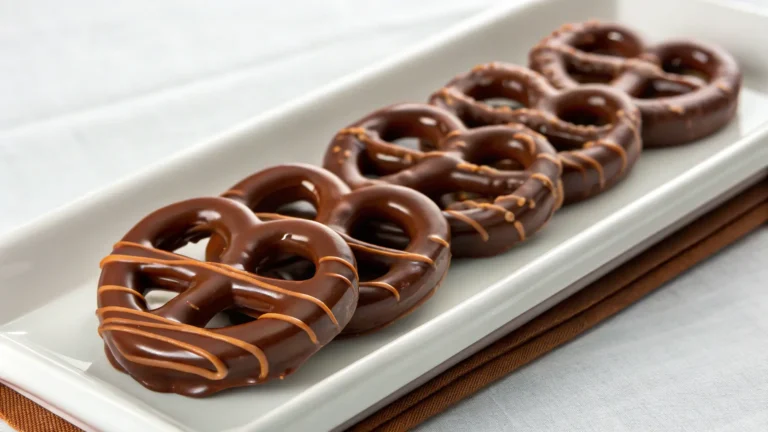Grandma’s Old-Fashioned Recipes: The Best Comfort Dishes That Still Matter
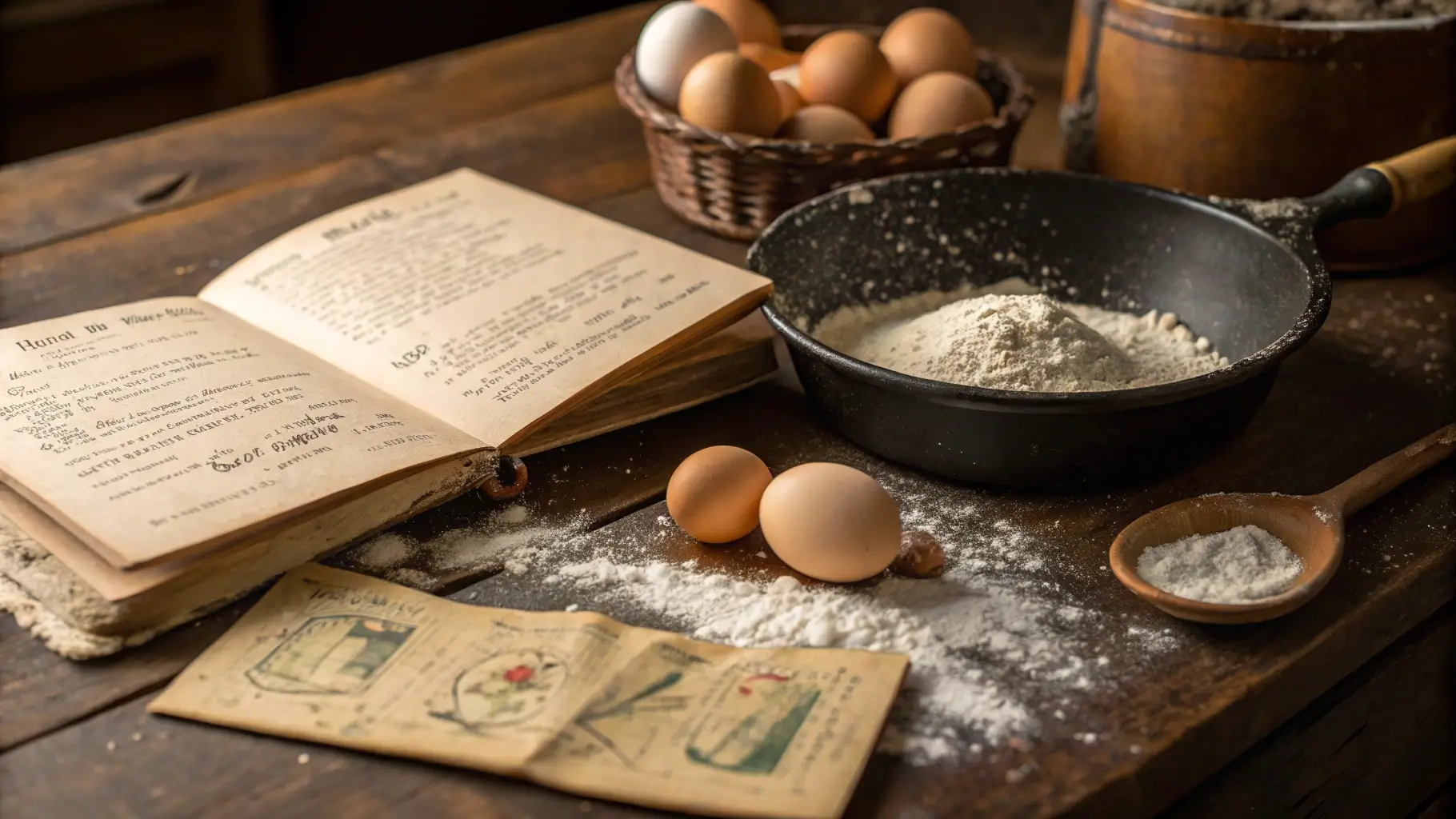
Table of Contents
There’s something magical about grandma’s old fashioned recipes. The slow simmer of stew on the stove. The warm scent of fresh pie wafting through the kitchen. These aren’t just meals — they’re memories baked into every bite. In this article, we’ll take a delicious trip down memory lane, uncovering the secrets, staples, and soul-soothing flavors behind the meals our grandmothers made with love. From slow-cooked roasts to jam-filled breakfast biscuits, we’ll explore why these timeless dishes still matter today.
Whether you’re reviving recipes from a dusty old box or discovering new ways to honor the past in your kitchen, this guide will help you bring nostalgic flavor back to your table. Don’t miss our slow cooker cube steak recipe for a comforting meal just like grandma used to make.
The Charm of Grandma’s Old-Fashioned Recipes
Why Grandma’s Cooking Still Warms Our Hearts
Old-fashioned recipes aren’t about flashy presentations or exotic ingredients. They’re about comfort, care, and tradition. Grandma’s meals often carried a personal touch — a pinch of love, a dash of wisdom, and a whole lot of heart.
Back then, food wasn’t just about nourishment. It was the glue that held family gatherings together. Every roast, pie, or casserole had a story. Maybe it was the Sunday ritual of peeling potatoes or the way she folded dough by hand. That emotional connection is what keeps these recipes alive.
Today, people are turning back to these vintage recipes not just for flavor, but for comfort. Amid the chaos of modern life, these meals offer something grounding and familiar. They’re reminders of simpler times — a warm hug in food form.
The Timeless Appeal of Nostalgic Home-Cooked Meals
Nostalgia plays a huge role in why grandma’s old-fashioned recipes have stood the test of time. Meals like fried chicken, apple pie, or beef stew evoke memories of cozy kitchens, holiday feasts, and multigenerational gatherings.
These dishes also symbolize craftsmanship. Most were made from scratch — no boxed mixes or microwave shortcuts. That slow, intentional process is part of their charm.
Take for example the Best Venison Steak Recipes — many traditional hunters and cooks learned these methods from their elders. It’s not just a meal; it’s a legacy.
Also, cooking these kinds of recipes helps keep cultural heritage alive. Every family, region, and tradition has its own spin — whether it’s southern-style buttermilk biscuits or hearty Midwestern casseroles.
Staple Ingredients in Old-Fashioned Recipes
Simple Pantry Basics Passed Down for Generations
Grandma’s kitchen didn’t have endless rows of spices or trendy ingredients. It relied on a tight set of trusted pantry staples that served multiple purposes. Think of lard instead of processed oil, or baking soda for everything from biscuits to cleaning.
Some of the most common pantry items included:
| Ingredient | Purpose in Grandma’s Recipes |
|---|---|
| All-purpose flour | For pies, breading, gravy, and biscuits |
| Shortening/lard | Used in pie crusts, frying, and pastries |
| Molasses | Added depth to baked goods and stews |
| Cornmeal | For cornbread, coating, and even desserts |
| Canned goods | Tomatoes, green beans, and peaches preserved |
| Buttermilk | For pancakes, biscuits, and tenderizing meat |
| Vinegar | Pickling, preserving, and flavor balancing |
These ingredients weren’t just staples — they were multi-use, practical, and affordable. That’s the real genius behind old-fashioned recipes: maximum flavor with minimal waste.
Many grandmothers even grew their own herbs or canned their vegetables for the winter. Their kitchens were more self-sufficient, which explains the rich flavors and longer shelf lives of traditional dishes.
Seasonal and Fresh: How Grandmas Shopped and Cooked
Unlike today’s 24/7 grocery access, grandmas cooked by the rhythm of the seasons. Spring brought fresh greens, summer was bursting with fruit pies, fall meant hearty soups, and winter relied on root vegetables and preserved goods.
Here’s how the old-fashioned kitchen matched food with the season:
| Season | Key Ingredients Used | Typical Dishes |
|---|---|---|
| Spring | Fresh herbs, lettuce, rhubarb | Chicken salads, rhubarb pies |
| Summer | Tomatoes, berries, corn, peaches | Cobblers, cold soups, grilled meats |
| Fall | Apples, squash, root vegetables | Apple pie, pumpkin bread, stews |
| Winter | Preserves, potatoes, canned meats | Casseroles, baked beans, chowders |
This seasonal rhythm created deeper flavor and sustainability. Dishes like peach cobbler or green bean casserole weren’t just tradition — they were timed with nature.
Discover great ideas like Smoked Fish Brine Recipes that mirror the preservation and flavor-packing methods grandma used in the cold months.
What made grandma’s cooking stand out wasn’t just taste. It was the philosophy: cook what you have, use it all, and waste nothing.
Breakfast Recipes from Grandma’s Kitchen
Buttermilk Biscuits, Gravy & Hotcakes
Ask anyone who grew up with a southern or Midwestern grandma — breakfast wasn’t just a meal, it was a ritual. The kitchen would fill with the scent of sizzling sausage, bubbling gravy, and fresh buttermilk biscuits rising golden in the oven.
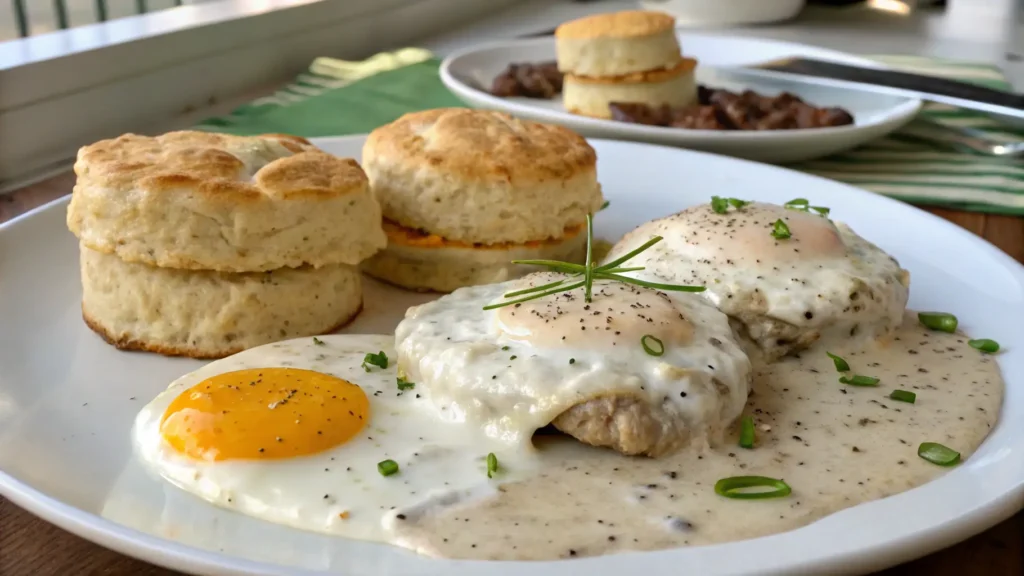
Old-fashioned breakfasts often started with:
- Homemade buttermilk biscuits: Soft, flaky, and often made without a written recipe. Grandmas measured with pinches and handfuls, not cups.
- Sausage gravy: Made from pan drippings, flour, milk, and a little black pepper. Poured over biscuits for a hearty, stick-to-your-ribs start to the day.
- Hotcakes or flapjacks: Unlike boxed pancakes, these were often made with sour milk or buttermilk and cooked in cast iron.
One beautiful part of grandma’s breakfast cooking? Everything was cooked slow and with purpose. No frozen waffles or microwave burritos — just time-tested dishes made from scratch.
To recreate that taste today, use cast iron pans, avoid shortcuts, and let your batter rest before cooking.
Preserved Jams, Cornbread, and Other Morning Staples
Grandma’s breakfast table also boasted a spread of handmade accompaniments — jams, jellies, and fresh cornbread that stayed warm under a kitchen towel.
Some iconic old-fashioned morning additions included:
- Cornbread or corn muffins: Made with stone-ground cornmeal and a splash of buttermilk.
- Homemade fruit preserves: From summer-picked berries or orchard fruits, simmered with sugar and sealed in jars for winter.
- Scrambled eggs cooked slow: Often mixed with cream or a bit of bacon fat.
- Salt pork, bacon, or fried apples: Sides that added savory and sweet balance.
Meals were often served family-style, with a big table and everyone passing plates. That sense of connection — over food made with love — is what makes grandma’s old-fashioned breakfasts unforgettable.
Classic Sunday Dinner Favorites
Pot Roasts, Fried Chicken, and Mashed Potatoes
Sunday dinners were a sacred ritual in many homes, and at the center of it all were grandma’s best recipes — cooked slow, seasoned just right, and served with heart. These weren’t quick meals; they were the reward after a long week, and they tasted like home.
One of the most iconic centerpieces: pot roast. Made with chuck roast, onions, carrots, and potatoes, it simmered low for hours until it fell apart with a fork. The secret? Patience — and maybe a splash of broth or coffee for extra depth.
Then there’s grandma’s fried chicken. Crisp on the outside, juicy inside. Coated with seasoned flour and fried in lard or Crisco, it wasn’t trendy — it was tradition. No air fryers. No shortcuts. Just real flavor.
And don’t forget the sides:
- Creamy mashed potatoes with plenty of butter and a splash of cream or milk
- Homemade gravy, often made from the roast drippings or chicken grease
- Sweet corn or collard greens, depending on the region
These meals were about abundance — not in luxury, but in love.
Casseroles, Green Bean Bakes, and Deviled Eggs
If the roast didn’t take center stage, then grandma’s casseroles did. These oven-baked dishes were filling, economical, and often a way to use up leftovers — but you’d never know it from the taste.
Common casserole favorites included:
- Chicken and rice casserole: Creamy, savory, and loaded with love
- Tuna noodle casserole: A pantry classic featuring canned tuna, egg noodles, and crushed crackers on top
- Green bean bake: Still a holiday staple, with cream of mushroom soup and crispy onions
And then there were the deviled eggs. Every grandma had her own secret: a little relish, paprika, mustard, or even a splash of vinegar. Served chilled, they were always the first to disappear from the table.
These meals weren’t just food — they were a reminder of family, roots, and care. Cooking them today feels like stepping back in time, even if just for a moment.
Comforting Soups and Stews the Old Way
Chicken Noodle Soup with Handmade Egg Noodles
Few things say “get well soon” or “I love you” like a bowl of grandma’s chicken noodle soup. But this wasn’t just any soup — it was crafted with care, starting from scratch with a whole chicken, chopped root veggies, and hand-rolled egg noodles.
Back then, making noodles was a family affair. Flour, eggs, a pinch of salt, and time. Rolled thin on a floured table, sliced by hand, and dropped into the pot at just the right moment.
Here’s what made grandma’s version unbeatable:
- Homemade broth simmered for hours with bones, skin, and herbs
- Chunks of carrot and celery, never mushy
- No preservatives or shortcuts — every spoonful tasted clean and full
Not only was it packed with comfort, but it was also deeply nutritious — the original “superfood soup.”
Hearty Beef Stew and Vegetable Broths
Another staple that showed up often in grandma’s pot: beef stew. Tender chunks of chuck roast, potatoes, carrots, and onions stewed for hours in a heavy pot, often with a bit of tomato paste or Worcestershire for richness.
Key elements of old-school stews:
- Low and slow cooking: Tough cuts transformed into melt-in-your-mouth meat
- Minimal seasoning: Just salt, pepper, maybe bay leaf — the flavor came from the ingredients
- Thickened naturally: Usually with a little flour or by mashing some of the potatoes
And when meat was scarce, vegetable broths took center stage. Grandmas knew how to make magic from scraps — onion peels, herb stems, carrot ends. Nothing went to waste.
These soups weren’t just meals — they were winter survival tools, belly-warming bowls that stretched ingredients and filled the home with an inviting aroma.
Timeless Desserts and Baked Treats
Apple Pie, Peach Cobbler, and Bread Pudding
When you think of grandma’s kitchen, chances are you can still smell a pie baking in the oven. These weren’t store-bought shortcuts — they were desserts crafted from memory and passed down like treasure.
One of the most iconic? Apple pie. Whether topped with a lattice crust or crumb, the filling was always homemade — tart apples, cinnamon, nutmeg, and a touch of lemon. Some grandmas even added cheddar to the crust for a salty twist.
Then there’s the peach cobbler, especially in Southern kitchens. Juicy peaches (often from a backyard tree or canned during the summer) topped with a biscuit or batter crust and baked until golden.
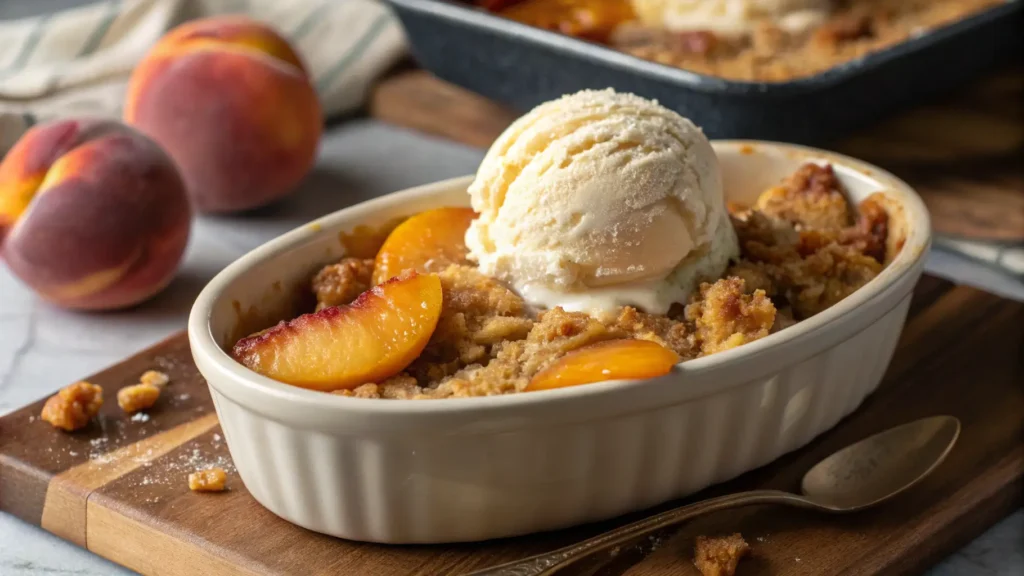
And don’t forget the ultimate comfort dessert: bread pudding.
- Made with leftover bread soaked in a mixture of eggs, milk, sugar, and spices
- Baked until tender, often with raisins or bourbon sauce
- Served warm, sometimes with a scoop of ice cream or a drizzle of cream
These desserts weren’t just delicious — they were a reflection of thrift, love, and seasonal abundance.
Homemade Cakes, Cookies, and Handwritten Recipes
Beyond pies and cobblers, grandma’s baked goods often included cakes and cookies made with simple ingredients and a lot of patience.
Favorites included:
- Pound cake: Dense and buttery, often baked in a Bundt pan
- Oatmeal or molasses cookies: Crispy on the edge, chewy inside
- Angel food cake: Light and airy, made with whipped egg whites
- Jam thumbprints: Sugar cookies with homemade preserves
Most of these recipes weren’t written down in a book — they were scrawled on index cards, stained from years of use, or passed on through memory. That’s part of their charm.
Baking, for grandma, was never rushed. Butter was softened naturally, eggs brought to room temperature. There was no skipping steps. The reward? Flavors that store-bought goods simply can’t replicate.
Kitchen Tools and Traditions from Grandma’s Time
Cast Iron Skillets, Mason Jars, and Hand-Mixers
Before nonstick pans and air fryers took over, grandma’s kitchen was built around a few tried-and-true tools that stood the test of time — many of which are still in use today because they just work.
Cast iron skillets were the heart of the operation. Heavy, seasoned, and virtually indestructible, they cooked everything from cornbread to fried chicken. With proper care, these skillets were often passed down through generations, their flavor getting better with age.
Other essential tools included:
- Mason jars: For storing preserves, pickles, and homemade jams — and sometimes drinking glasses too!
- Hand-crank mixers: No electricity required. Whether whipping cream or blending batter, these required elbow grease and patience.
- Tin flour sifters and rolling pins: Always on standby for baking days
- Enamel pans and ceramic pie dishes: Durable and beautiful, often used to serve directly from oven to table
These tools weren’t fancy, but they were reliable. Many kitchens today are returning to these basics for sustainability and authenticity.
Meal Prep Without Tech: The Joy of Manual Cooking
Cooking was once a hands-on process from start to finish. There were no apps, timers, or gadgets telling grandma what to do — just instinct, memory, and experience.
Here’s what defined grandma’s approach to food prep:
- Measuring by feel: “A pinch of this” or “a handful of that” was normal
- Batch cooking: Prepping enough food for leftovers or freezing
- No waste cooking: Bones were used for broth, leftover biscuits became pudding, and peels went to compost
These traditions weren’t just practical — they connected cooks to the process in a deeply meaningful way. You could taste the love and intention in every bite.
And even though technology has made things faster today, more home cooks are rediscovering the satisfaction of doing things the old way.
Preserving and Passing Down Family Recipes
Handwritten Cards, Storytelling, and Recipe Boxes
Before Pinterest boards and recipe apps, grandma’s most treasured dishes were stored in wooden boxes, cookbook margins, and handwritten index cards. Each note, smudge, and grease stain told a story.
Those dog-eared cards were more than ingredients and steps — they were time capsules of family history. Often written in careful cursive, passed from one generation to the next, these recipe cards sometimes came with personal notes like:
- “Add extra cinnamon if using Granny Smith apples”
- “This was Uncle Joe’s favorite — double the batch for holidays”
- “Let dough rest 10 minutes for fluffier rolls”
Even oral traditions played a big part. Grandmas would teach recipes not by reading them, but by cooking them side by side, explaining techniques along the way. You learned by watching, tasting, and asking questions.
Modern Ways to Archive Old-Fashioned Recipes
In today’s digital world, preserving these family treasures has never been more accessible — or more important.
Ways to archive and honor grandma’s recipes include:
- Scanning or photographing original cards to create a digital cookbook
- Creating a shared family recipe blog or Google Drive folder
- Using recipe apps that let you add notes, videos, and even audio (recording grandma telling her story)
- Printing heirloom cookbooks for gifting on holidays
Some families even frame iconic recipes — like grandma’s apple pie — in her handwriting, as kitchen decor. It’s a beautiful way to keep her presence alive in the heart of the home.
Preserving recipes isn’t just about food. It’s about keeping the spirit, tradition, and love alive for generations to come.
Bringing Back Grandma’s Recipes Today
Making Old Recipes Work with Modern Ingredients
Grandma’s old-fashioned recipes were built on simplicity — but adapting them for modern kitchens and dietary preferences doesn’t mean losing their soul. In fact, it can breathe new life into classic dishes while keeping their essence intact.
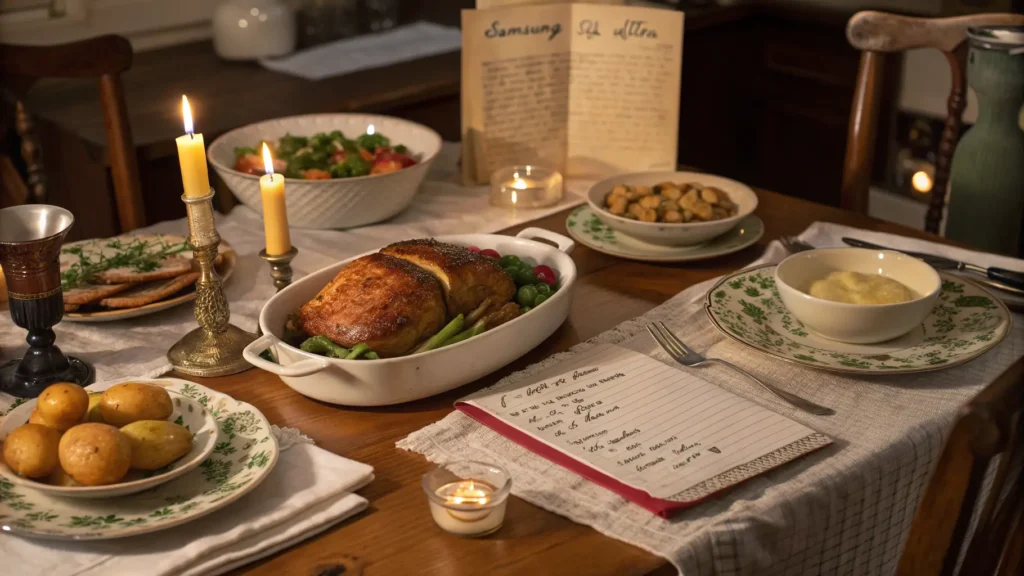
Here are some ways to modernize without compromising tradition:
| Traditional Ingredient | Modern Swap | Why It Works |
|---|---|---|
| Lard or shortening | Butter or avocado oil | Healthier fat, same richness |
| Whole milk | Almond or oat milk | Great for lactose-free needs |
| White flour | Whole wheat or gluten-free flour | Adds fiber, fits dietary needs |
| Sugar | Honey or maple syrup | Natural sweetness, less refined |
Tips for success:
- Don’t over-complicate it. Keep the base recipe intact, and just swap 1–2 items.
- Taste as you go. Old recipes often lacked exact measurements — trust your senses.
- Use cast iron or enamel cookware to maintain authenticity in texture and flavor.
This approach lets you enjoy the nostalgia without ignoring nutrition, allergies, or time constraints.
Tips for Hosting a “Grandma’s Kitchen” Dinner Night
Want to create a full-on experience for friends or family? Host a nostalgic dinner themed around grandma’s table.
Here’s how to do it:
- Pick a few of her classic recipes — include one main, two sides, and a dessert.
- Decorate simply — use gingham tablecloths, mason jars, and old cookbooks.
- Play vintage music in the background for ambiance (think 40s, 50s, or Motown classics).
- Print or display original recipe cards as part of the table decor.
- Share stories — invite each guest to share a memory of their own grandma’s cooking.
This kind of gathering isn’t just about food — it’s about connection. And in a world that’s moving faster every day, these traditions remind us to slow down and savor what really matters.
Conclusion: Keeping Grandma’s Legacy Alive, One Recipe at a Time
Grandma’s old-fashioned recipes are more than meals — they’re stories, rituals, and acts of love passed down through generations. Whether you’re baking a pie from her stained recipe card, slow-cooking a roast the way she used to, or simply sharing a memory at the table, you’re keeping a rich tradition alive.
In a world of instant meals and digital distractions, returning to these time-honored dishes reconnects us with what matters: family, patience, and flavor made with care.
So go ahead. Dust off that old box of recipes. Fire up the oven. And let grandma’s wisdom guide you — one comforting bite at a time.
Looking for inspiration? Try our Best Smoked Fish Brine Recipe — it’s rooted in traditional preservation methods just like grandma used.
FAQs About Grandma’s Old-Fashioned Recipes
What are grandma’s old-fashioned recipes known for?
Grandma’s old-fashioned recipes are known for their simplicity, comfort, and deep flavor. Made from scratch with pantry basics and lots of love, these recipes often rely on time-tested techniques and seasonal ingredients. They’re not fancy — but they’re packed with heart and tradition.
Why do people still love traditional recipes from their grandmothers?
Because they offer more than food — they deliver nostalgia and emotional connection. Whether it’s the scent of fresh-baked pie or a memory of sitting at the table on a Sunday afternoon, these dishes reconnect us to our roots and loved ones.
What are some classic grandma recipes everyone should try?
Everyone should experience timeless favorites like:
Chicken and dumplings
Buttermilk biscuits and gravy
Apple pie or peach cobbler
Pot roast with mashed potatoes
Homemade soups and stews
These recipes showcase traditional flavors that never go out of style.
Are old-fashioned recipes healthier or more natural?
In many ways, yes. While some use ingredients like lard or sugar, most rely on real, unprocessed foods, garden vegetables, and homegrown ingredients. Compared to many modern, processed meals, grandma’s recipes can be cleaner and more wholesome, especially when made at home.
How can I recreate authentic grandma-style meals today?
Start by:
Cooking from scratch
Using cast iron or enamel cookware
Choosing seasonal, whole ingredients
Following handwritten or family-passed recipes
You don’t need perfection — just patience and love. That’s the key to authenticity.
PAA6: What are the key ingredients in grandma’s comfort food recipes?
Most traditional recipes rely on:
Butter or lard
Flour, eggs, and milk
Seasonal produce
Herbs like sage, thyme, or parsley
Meats like chicken, beef roast, or ham
Pantry staples like sugar, vinegar, baking soda
It’s about using what you have to create something soulful and satisfying.
Have you given our recipe a try?
There are no reviews yet. Be the first one to write one.
